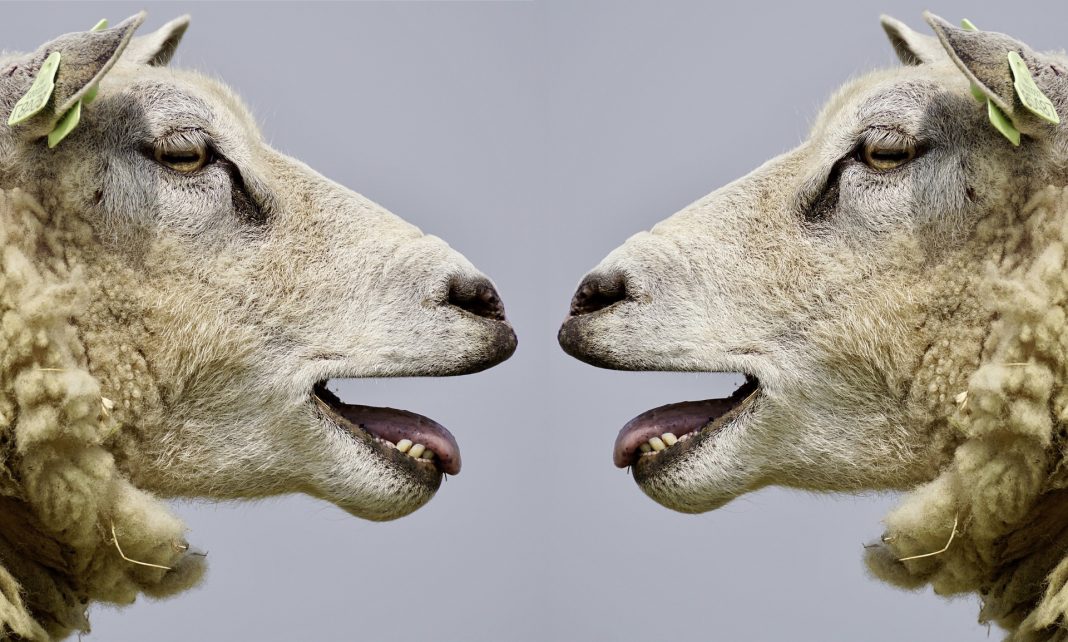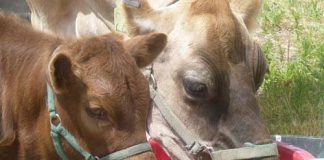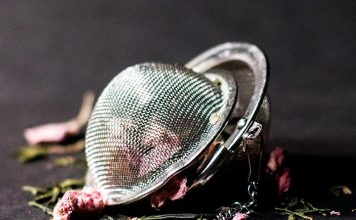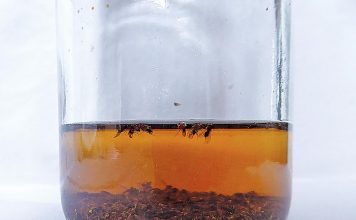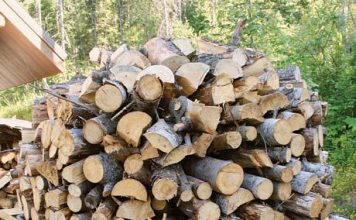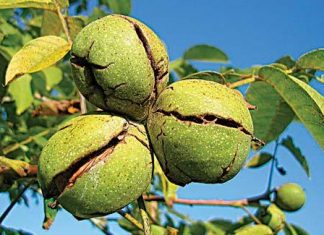 |
|
| Issue #32 • March/April, 1995 |
Multimillionaire J. Paul Getty was once asked the secret of becoming rich. He’s reported to have said, “I buy when everyone is selling, and sell when everyone is buying.”
Getty’s contrarian strategy could be getting a workout right now, if you were in the market for sheepthere has been the equivalent of a “crash” in the industry for the past couple of years, and people are still selling. Quality ewes and lambs of commercial breeds can be found in my area for $25 to $50, a drop of 50% in cost compared to three years ago. Besides which, sheep are one of the ideal small homestead animals: they can return quality meat and fiber on an annual basis for very little cash input.
Interested? Before you put down your hard-earned money for a trio of auction ewes, you must have a clear picture of what you intend to do with sheep. Want to raise a few lambs to supplement the freezer? Produce quality wool garments? Sell butcher lambs? Your vision of what sheep can offer your farm is going to make a tremendous difference in the breed or crossbreed you buy.
 |
The amount of land you have available for sheep will also influence your decision. If you’ve got five good acres, it would probably be a mistake to think you’re going to produce enough commercial grade meat lambs to sustain an income. However, five acres will keep a small flock of purebreds to be sold as breeding stock, or rare breeds, or colored wool sheep. You’ll still have cull lambs to add to your freezer. That way, you can avoid competing with a neighbor who’s got 200 acres of lush pasture for commercial sheep. You can also generate a higher return per animal with rare, purebred, or fancy sheep.
So which breed do you want? Larger meat producers may zoom in on Suffolk, with its heavy musclingbut you might actually prefer a smaller breed with a higher lambing percentage, such as the Finnsheep or the Polypay. You may, instead, think you’d like to take up spinning, and turn to fancy-wooled types like the Romney, Cotswold, Jacob, or Kara-kul.
The only way to find out is to research what’s available in your areaor seek out specialty breeders from sheep-oriented publications. Locally, you can look around and find out what breeds are dominant. It will be an indicator of which types do best in your climate and forage conditions, particularly if sheep have been there for a long time. If sheep are new to your area, go very slowly and carefully. All those other new shepherds who seem to have very clear ideas about their flocks might not have the practical experience to make informed decisions. Ask your local extension agent for the names of regional producers. Make appointments and go visit shepherds. Most sheep people are delighted to talk about their animals.
Lambs or ewes?
If you’ve raised cattle or hogs, goats or chickens, none of these will prepare you fully for raising sheep. There is an old saying about “the eye of the shepherd” being the best medicine for his flock; that is, experience with the animals is the only factor that will truly keep them well.
Sheep are such naturally hardy and resilient creatures that it takes a terrible illness to make one straggle along behind the flock, or lie down and be left alone. If a sheep “goes down” from a disease, it is very, very sick. If you can walk up to a normally flighty sheep and touch it, it is at death’s door. Slightly sick cattle are easy to spot; an ill hog will have a temperature and act funny right away. But a sheep fading from pneumonia or worms will keep right along with the flock until it can’t stand up.
This has led to a common misconception about sheep: that they just up and die for no apparent reason. One day they’re well, the next they’re dead. Shepherds who believe this have already missed all the signs, such as that odd twitch of the ears, an uneven cough, the slight limp, the weight loss going on unseen under a beautiful coat of wool.
What I’m getting at here is that unless you already know the difference between a slightly ill sheep and a perfectly healthy one, you should not start with the most susceptible animals. You shouldn’t start with lambs.
Healthy, mature ewes pretty much know what it’s all about. They’ve been through several lambings, they’ve developed a certain tolerance to parasites, they’re used to being manhandled by people. They won’t be as flighty as lambs. They will practically show you how to take care of them.
Inspection
Your best bet is a small set of mature ewes, three to five years old, of one of the long-lived breeds. Don’t buy cheap auction animals! You will spend a fortune on these “low-cost” items in vet bills. If you must buy at auction, look for the biggest, huskiest sheep, and figure that half of them will prove worthlessotherwise their former owner would have kept them.
Instead, seek your new ewes from a breeder. Ask every question you can think of about their ancestry, health, and production capabilities, including, How many lambs has the ewe had? When was she last wormed, and with what product? Has she been sick, ever? If so, how was she treated? Has she had mastitis, or been unable to produce enough milk for her lambs? What is her breeding ancestry? Why is the owner selling this sheep?
Remember, when buying from sheep producers, you’ll be getting their cullsthe sheep they no longer want for one reason or another. The ewe in question may not have produced as well as the owner wanted, may have had several difficult births, or be unattractive in some way. However, the cull of a fine flock may be better than the premium animal of a poor flock. And you probably don’t need super-producers to begin withjust a good, sound animal with several good years left in her.
Ask to see the sheep separated from the rest of the flock in a small pen. Get in with the sheep, put your hands deep into the wool and feel their ribs. If you can feel a prominent rib cage, check for the backbone and hips. If these bones are sticking out, you’re looking at a severely malnourished sheep. (She could have ovine progressive pneumonia, she could have just finished raising triplets and be droopy, she could be wormy, she could be very old and have no teeth left to chew with.) Skinny sheep that are otherwise healthy might be a good deal for someone who’s got feed, pasture and lots of practical experience, but if you can’t tell if they’re healthy or not, let them go.
Check the udder
Have the sheep turned up on her rump so you can take a look at her udder. If she’s not pregnant and hasn’t been nursing, her udder should be small with two prominent nipples. Feel it. There should be no hard spots, lumpiness or graininess. If there is, she’s probably had mastitis or nursed lambs that had sore mouth disease. Reject her. It is too much effort for a beginner to raise lambs from a ewe that can’t produce milk. Tiny extra odd-shaped and odd-spaced teats will rarely be a problem unless they block a normal one.
If the ewe has been nursing or is pregnant, her udder should be firm and evenly balanced. If she’s nursing and has a hard side or hard spot in her udder, she’s too sick for you to take home. Reject her for mastitis.
Check the feet
While she’s up on her backside, take a look at her hooves. They may be overgrown or trimmed; neither really matters at this moment. Pick up each hoof. If one is hotter than the others, something’s wrong. It could be a thorn in her foot, or it could be foot rot. Reject her for this reason. If her feet seem to be fine, as a final check you can sniff them. Foot rot has a particularly pungent and unpleasant odor that you can’t miss. If the hooves look really closely and neatly trimmed, with a tinge of greenish color about them, chances are that she has recently been treated for a case of foot rotthe green color comes from a copper-based medication. Ask. Treatment on this particular farm could be prophylactic, trying to prevent disease rather than cure it. Never buy a footsore or limping animal, for fear of bringing foot rot onto your property. Any hint of this disease is sufficient reason for refusal to purchase. A sheep without the ability to move around is not going to do well and can spread foot rot to the rest of your flock.
Teeth and wool
Determining the age of a ewe by looking at her mouth is a bit more detailed than we can cover here, but take a look at her teeth anyway. Separate her lips and make sure she has a row of six to eight teeth on the bottom that meet evenly with her upper pad. Sheep have no upper incisor teeth. Broken, missing, or badly aligned teeth indicate the possibility of great age in the ewe, or of feeding difficulties to come (since she can’t chew well). Bad teeth make a sheep iffy, and I’d probably reject her for it.
Finally, look hard and long at the sheep’s wool. Feel its texture. Tug a little bit out by wrapping it around your finger and slowly pulling. Is this the color and texture you want? If you plan to make rugs from your sheep’s wool, you’ll probably want a coarser-textured fiber. If sweaters and scarves are your choice, go with a finer-textured wool. If you’re looking at crossbred sheep, the only way to determine what you’re getting is to feel each animal’s fleece.
Medical & family history
Now’s the time to talk health and family history on these ewes. Some producers keep extensive on-paper records; some just try to remember every animal in the flock. The paper records are probably more consistently reliable.
If you can, find out if this ewe has ever had a rectal or uterine prolapse (where the lining of the rectum or uterus protrudes from the body). If so, this is a good reason to reject her. That trait is inheritable, and you don’t want your future sheep to have prolapses.
Has she been a good mother, raising her lamb or lambs by herself? Get specific details. If this ewe has any Suffolk blood and has produced a crippled lamb, she may be carrying a genetic abnormality known as spider syndrome. The malformed lambs generally die at birth or shortly after. Don’t buy a problem.
Basically, you’re looking for sound sheep. They don’t have to be valuable, high producers, or of brilliant colors. You need to find hardy sheep that will survive a year or two of your own (let’s be honest) incompetence. It happens to all new shepherds, and most of us will be happily embarrassed to tell you the awful, terrible things we did to sheep during our first two years.
You’ll learn an incredible amount of information just from making mistakes. Sheep will die from what you didor what you didn’t do. I have, on prominent display in my kitchen, two sheep skulls. One is of a market-weight wether lamb; the other is from an older ewe. Both of these animals died from intestinal parasites because we didn’t worm them on time. I keep them to remind me to worm the sheep. We haven’t lost one to worms since.
You see, your education has a price. I felt bad enough losing these two commercial sheep because of my ignorance, but imagine how much worse I’d have felt if these were the last two of an extremely rare breed, or if they had cost me $500 apiece! Cut your losses by buying healthy but average stock.
The lesson for all beginners is to start small and grow slowly. In a couple of years, you’ll know more precisely what you can and cannot do with sheep. You’ll know when yours are healthy and when they’re not, and whether you really like raising sheep or not.
It just might become a habit.


